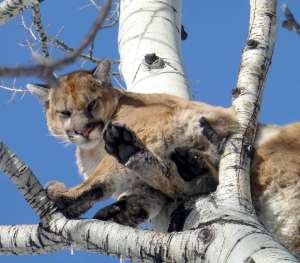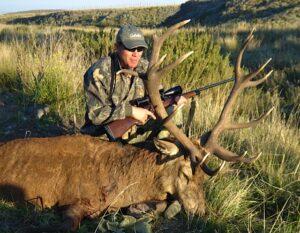Introduction: The Thrill of the Hunt
Mountain lion hunting represents a profound connection with the wilderness, offering hunters an unparalleled challenge. These majestic creatures, known for their elusive nature, roam vast landscapes from the dense forests of Montana to the rugged terrains of the Rockies. This introduction sets the stage for an exploration into the world of mountain lion hunting, emphasizing the combination of skill, patience, and respect for nature required to engage in such a pursuit. It’s not just about the hunt itself but understanding and appreciating the mountain lion’s role in the ecosystem.
The Importance of Mountain Lion Hunting: Balancing the Ecosystem
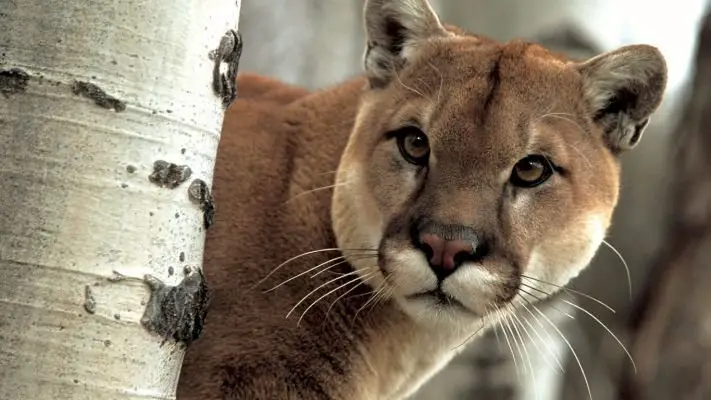
Are Mountain Lions Endangered?
Contrary to what some may believe, mountain lions are not currently classified as endangered in North America. However, their status varies by region, reflecting the importance of regulated hunting to maintain healthy populations. This section delves into the scientific and cultural reasons behind mountain lion hunting, including maintaining healthy deer and elk populations and protecting human interests without disrupting the ecological balance. Highlighting successful conservation programs and management strategies, this part underscores the hunter’s role in sustaining biodiversity and the intricate balance of predator-prey dynamics.
Understanding Mountain Lions: Masters of Stealth
To successfully hunt a mountain lion, one must first understand its behavior, habitat, and survival strategies. This section provides an in-depth look at the mountain lion’s life cycle, territorial range, and hunting patterns, drawing on the latest research and tracking technology. By examining how these animals interact with their environment, hunters can gain insights into finding and ethically harvesting a mountain lion, emphasizing the respect for the animal and the importance of conservation-minded hunting practices.
Techniques and Strategies for Hunting Mountain Lions: The Art of Pursuit
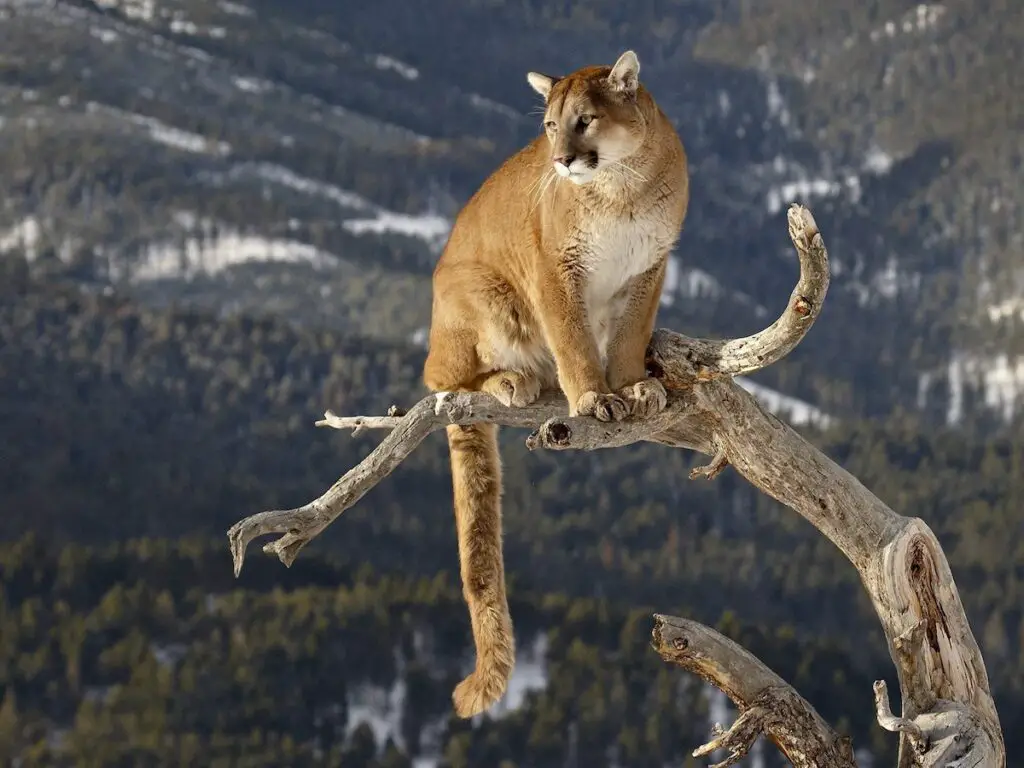
Mountain Lion Hunt with Dogs: A Tradition of Excellence
The Art of Tracking with Canines Hunting mountain lions with dogs is not just a method; it’s an art form that requires deep understanding and respect for both the prey and the canines. This section will explore the history of this hunting tradition, highlighting its effectiveness in conserving mountain lion populations while ensuring the ethical treatment of the animals involved. We’ll cover the selection and training of dogs for mountain lion hunting, emphasizing breeds known for their tracking abilities, stamina, and resilience in rugged terrains.
Navigating Ethical and Legal Landscapes The ethical considerations of using dogs in mountain lion hunts are paramount. This part of the article will discuss the importance of conducting hunts in a manner that respects the natural behavior of mountain lions and ensures the safety and well-being of the dogs. We’ll also touch on the legal requirements and regulations that govern this hunting method across different states, providing a comprehensive guide to responsible hunting practices.
Gear and Preparation for the Hunt A successful hunt requires more than just well-trained dogs; it demands meticulous preparation and the right gear. This section will detail the essential equipment for hunters and their canine companions, from GPS collars and safety vests for dogs to the hunter’s own gear, which must be suited for navigating the challenging environments where mountain lions are found. Preparation tips, including physical conditioning for both hunters and dogs, will be covered to ensure readiness for the demands of the hunt.
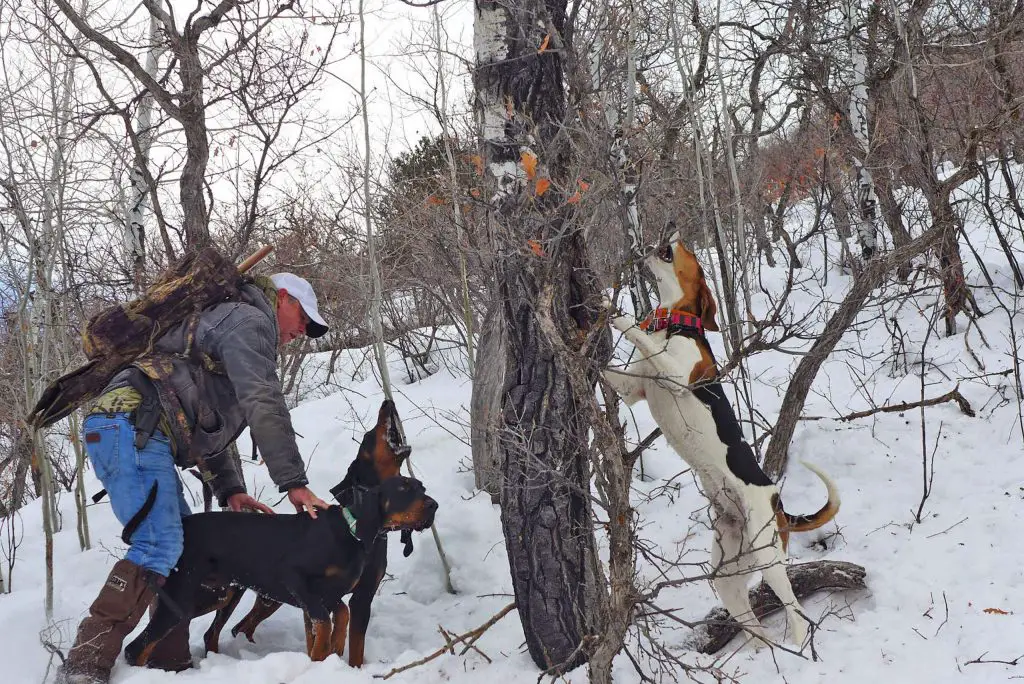
Bow Hunt Mountain Lion: Precision Meets Patience
Mastering the Bow in Wild Pursuits Bow hunting for mountain lions is a testament to the hunter’s skill, patience, and respect for the wilderness. This segment will delve into the techniques that make bow hunting both challenging and rewarding. It will cover the selection of the right bow and arrows, understanding mountain lion behavior to predict movement patterns, and the importance of stealth and camouflage. The focus will be on ethical shot placement, ensuring a quick and humane harvest.
Preparation and Practice: Keys to Success The importance of preparation cannot be overstated in bow hunting for mountain lions. This section will guide readers through the process of preparing for a hunt, from scouting locations and tracking mountain lion signs to practicing shot accuracy under various conditions. Emphasis will be placed on the mental and physical preparation required to navigate the terrain silently and efficiently, maintaining the element of surprise.
Ethics and Conservation: A Balanced Approach Bow hunting for mountain lions carries significant responsibility. This part of the article will explore the ethical considerations inherent in bow hunting, including the commitment to conservation efforts and the respect for the mountain lion as a vital part of the ecosystem. Discussion will include how selective hunting and adherence to regulations contribute to sustainable wildlife management and the preservation of natural habitats.
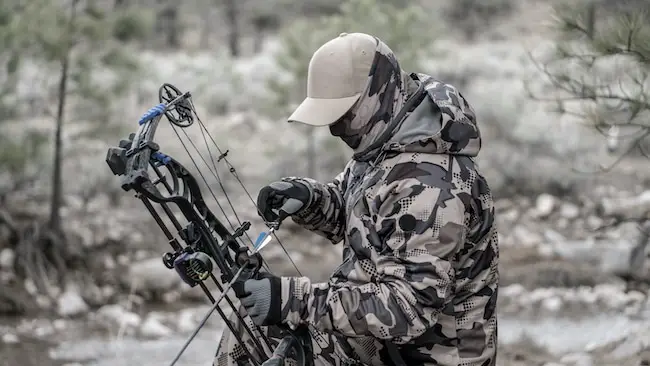
By providing an in-depth look at both hunting with dogs and bow hunting for mountain lions, this article aims to serve as the definitive guide for hunters seeking to engage in these practices responsibly and effectively. Through detailed exploration of techniques, preparation, and ethical considerations, the article will stand unmatched in its comprehensive coverage and insight into the art of mountain lion hunting.
Ethical Considerations and Conservation: A Hunter’s Responsibility

Why Is It Legal to Hunt Mountain Lions?
This section tackles the complex ethical considerations surrounding mountain lion hunting, emphasizing the hunter’s responsibility towards wildlife conservation and ecosystem health. It discusses the impact of hunting regulations, the importance of selective hunting, and the role of hunters in supporting mountain lion research and habitat preservation. By fostering a deep understanding of these issues, the article encourages hunters to advocate for and participate in conservation efforts, highlighting hunting as a tool for wildlife management and ecological stewardship.
Personal Stories and Experiences: Lessons from the Wild
Incorporating personal narratives from experienced mountain lion hunters adds a rich, experiential layer to the article. These stories not only provide practical advice and tips but also convey the profound connection between hunters and the natural world. Through these accounts, readers can learn from the successes and challenges faced by others, gaining insights into the ethics, respect, and passion that define the hunting community.
Conclusion: The Legacy of the Hunt
The conclusion reiterates the significance of mountain lion hunting within the broader context of wildlife conservation, ethical hunting practices, and the preservation of hunting traditions. It calls on hunters to continue educating themselves, participating in conservation efforts, and respecting the animals and ecosystems they interact with. The article closes by emphasizing the role of hunters as custodians of the wilderness, entrusted with ensuring the health and vitality of our natural heritage for future generations.
Frequently Asked Questions About Mountain Lion Hunting
Is it necessary to use dogs for mountain lion hunting?
Using dogs for mountain lion hunting is not strictly necessary, but it is by far the most effective method for tracking and treeing these elusive predators. Dogs are trained to follow the scent of a mountain lion, which can significantly increase the chances of a successful hunt. This method allows for selective hunting, where hunters can choose not to harvest a mountain lion if it doesn’t meet certain criteria, such as size, age, or sex, contributing to ethical hunting practices.
Can I bow hunt for mountain lions?
Yes, you can bow hunt for mountain lions. While it presents additional challenges compared to using a rifle—such as requiring closer proximity to the mountain lion and demanding higher precision—it is a legal and respected method of hunting. Bow hunting for mountain lions requires meticulous preparation, including mastering your equipment and understanding the animal’s behavior to ensure a humane and ethical harvest.
Are mountain lions endangered, and why is it legal to hunt them?
Mountain lions are not considered endangered in North America, but their population status varies by region. Hunting is regulated by wildlife management agencies to ensure sustainable populations. It’s legal to hunt mountain lions to maintain ecological balance, protect livestock and human safety, and support conservation efforts through hunting licenses and fees. Regulations, including quotas and hunting seasons, are in place to prevent overhunting and ensure the long-term survival of mountain lion populations.
Can you hunt mountain lions in Montana?
Yes, mountain lion hunting is permitted in Montana. The state has specific seasons and regulations governing the hunt, including the use of dogs and quotas for certain areas to ensure healthy mountain lion populations. Hunters are required to obtain the appropriate licenses and follow state regulations, including reporting harvests and participating in mandatory check-ins for collected animals.
Why is mountain lion hunting considered important for conservation?
Mountain lion hunting plays a vital role in conservation by helping manage populations to prevent overpopulation and ensure a balanced ecosystem. Regulated hunting helps maintain healthy deer and elk populations, reducing the chances of disease spread and starvation among prey species. Hunting fees and licenses provide essential funding for wildlife research, habitat preservation, and other conservation efforts, supporting the overall health of wildlife populations and their habitats.

